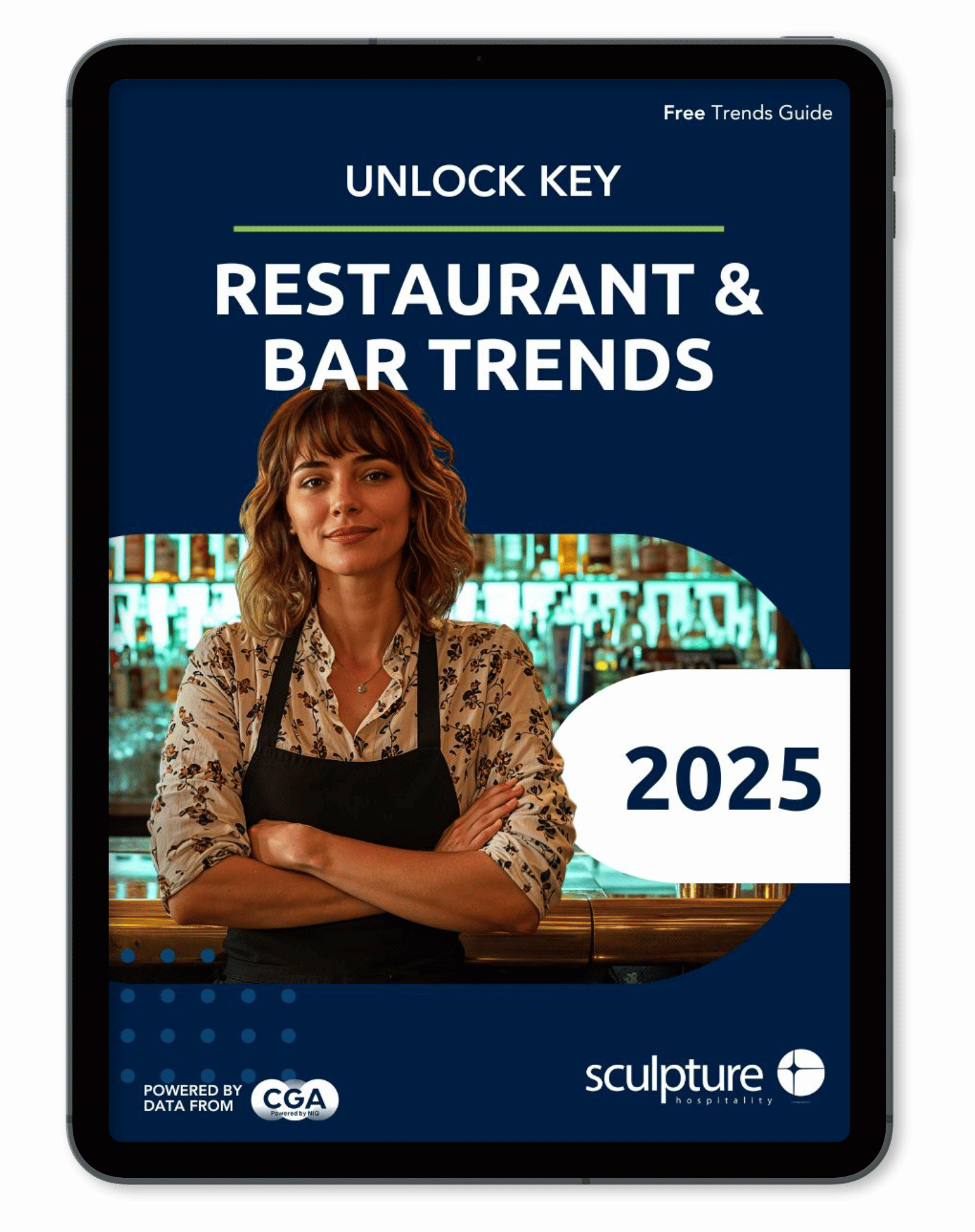Your supplier relationships may not be the first place you look when trying to control food cost—but they should be. From pricing fluctuations to delivery schedules, who you buy from and how you negotiate directly affects your bottom line.
Understanding the impact of supplier choices helps restaurants avoid hidden costs, streamline operations, and make smarter purchasing decisions. Here's how to take control.
Why Supplier Selection Matters
Your vendors are more than just product providers—they're cost influencers.
Choosing suppliers based solely on convenience or habit can lead to:
- Overpaying for ingredients due to lack of competitive comparison
- Receiving inconsistent product quality that affects prep waste
- Poor delivery schedules that cause overstocking or spoilage
Instead, assess suppliers based on price stability, fulfillment reliability, and service flexibility. Every extra cent on a case of tomatoes adds up over the course of a season.
How Supplier Terms Affect Your Cost Structure
Negotiated terms play a huge role in managing cash flow and controlling food cost. Key elements to review include:
- Volume discounts: Work with your rep to unlock savings based on your purchasing trends.
- Return policies: Flexible returns help prevent cost spikes from short-dated or spoiled product.
- Delivery minimums: Ensure you're not over-ordering just to meet delivery thresholds.
“Food cost isn’t just about what’s in the cooler—it starts with your contracts and ends with your prep table.”
— Marlene D., Regional Director of Operations, Hospitality Group Canada
By revisiting your vendor agreements every 6–12 months, you may uncover simple opportunities to renegotiate or consolidate orders.
Track Supplier Performance to Spot Cost Drivers
With inventory analytics tools, you can track supplier reliability and performance over time:
- Late or missed deliveries
- Frequent substitutions or quality issues
- Fluctuations in unit pricing
This data can reveal patterns that lead to waste—like spoilage from last-minute substitutions or loss due to poor product quality. Pair this insight with your inventory management platform to make informed decisions.
Leverage Local or Specialty Vendors Strategically
While local and specialty suppliers often come with higher price tags, they may offer:
- Extended shelf life due to reduced transport time
- Custom-cut or pre-portioned ingredients that reduce labor waste
- Flexible order sizes that help right-size purchasing
Using a mix of bulk vendors and specialized suppliers can reduce waste while keeping cost-per-serving in check. Balance margin against value and prep savings.
Work With Your Supplier—Not Against Them
Think of your supplier as a partner, not just a price tag.
- Ask for weekly or monthly market insights to inform pricing and specials
- Share prep waste data to explore alternate formats or packaging options
- Discuss seasonal menu plans in advance for better ingredient forecasting
“Your supplier can help you reduce costs, not just sell you products. The more they understand your business, the more they can tailor solutions.”
— Jeffrey C., Purchasing Manager, National Restaurant Group
Collaboration leads to smarter sourcing and fewer surprises in your invoices.
Use Inventory Data to Negotiate From Strength
When you understand your actual usage, waste, and cost-per-serving, you’re in a better position to negotiate pricing and terms.
Track:
- Your most-purchased SKUs
- The frequency of price fluctuations
- Where substitutions lead to waste or prep issues
Inventory visibility isn’t just for counting—it’s leverage. Show your volume, your consistency, and your future projections to get better rates or terms.
Final Word: Procurement Is Strategy
In today’s restaurant climate, cost control isn’t just about how you prep—it’s about how you purchase. A proactive supplier strategy built on data, negotiation, and collaboration can reduce food cost and improve consistency.
Need help turning your purchasing process into a profit strategy? Sculpture Hospitality’s inventory tools can give you the insight to start strong.









